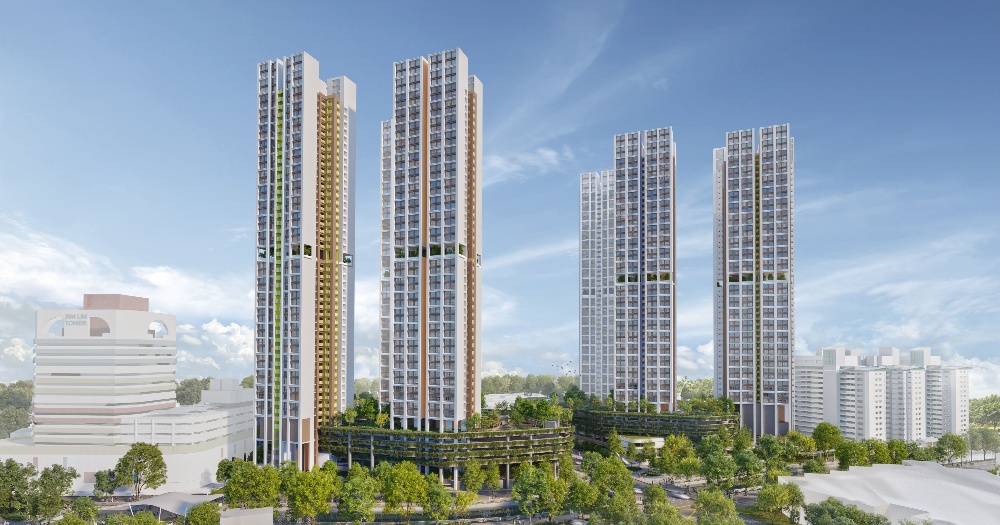Follow us on Telegram for the latest updates: https://t.me/mothershipsg
There will be a different housing model for new Housing and Development Board (HDB) flats built in prime locations.
Such flats will be designated as Prime Location Public Housing (PLH) flats. Their buyers will be subject to a set of additional conditions, to ensure that the flats do not become expensive and exclusive, given their location in the heart of the city.
Details of the new PLH model were revealed in a media briefing with Minister for National Development Desmond Lee and in a joint press release issued by HDB and the Ministry of National Development (MND).
It was also announced that the first PLH project will be located in Rochor, and will be launching in Nov. 2021.
Rationale for PLH flats
In 2019, Prime Minister Lee Hsien Loong announced the government's plans to build public housing along the Greater Southern Waterfront.
Since then, the government has communicated on a number of occasions that it is important to launch public housing in such prime central locations, as leaving it to private market forces will eventually cause such locations to become very expensive and exclusive.
"We see this happening in many cities around the world. Wealthier households concentrated in certain prime neighbourhoods, and the average family has to move far away from the city centre to be able to afford a home. Affordable or lower-income housing in the city centre tends to be not so desirable," said Lee.
"We are determined not to let this happen in Singapore," he added.
Additional conditions for those who buy PLH flats
Those who buy the new PLH flats, as well as future owners of PLH flats will face a number of additional conditions, compared to BTO flats and resale flats today.
This is meant to ensure that the PLH flats will remain "affordable, accessible and inclusive" for Singaporeans, both at the initial purchase and at subsequent purchase on the open market.
The additional conditions are:
1. Additional subsidies for new PLH flats
Those buying new PLH flats will be given additional subsidies, on top of the current subsidies provided for BTO flats today, like the Enhanced CPF Housing Grant (EHG).
According to the joint release, these additional subsidies are meant to keep flat prices affordable for Singaporeans, as new flats in prime locations would naturally command higher market values.
In order to maintain parity with BTO flat owners who are not given these additional subsidies, flat owners of PLH flats who sell their homes will have to pay a percentage of the resale price of the flat to HDB.
This is so that HDB can recover the additional subsidies.
The subsidy recovery percentage will be commensurate with the extent of the initial additional subsidy provided, and more details will be announced at the launch of the Rochor project in November.
2. Reduced priority for a married child and parents to live nearby
The eligibility conditions to buy PLH flats from HDB will be the same as the prevailing conditions for the purchase of BTO flats.
But the priority quotas for flat allocation under the Married Child Priority Scheme (MCPS) will be reviewed and adjusted, depending on location for sites launched under the PLH model.
This is to allow public housing in prime central locations to be more inclusive, and provide more opportunities for Singaporeans to live in these neighbourhoods even if their family members do not live near such central areas.
3. Additional eligibility conditions for those buying resale PLH flats
According to the joint release, there is a need to ensure that PLH flats remain "inclusive and accessible" to a broad group of subsequent flat buyers over time, beyond the initial purchase.
As a result, the resale of PLH flats will be limited to those who meet the prevailing eligibility conditions for the purchase of flats directly from HDB.

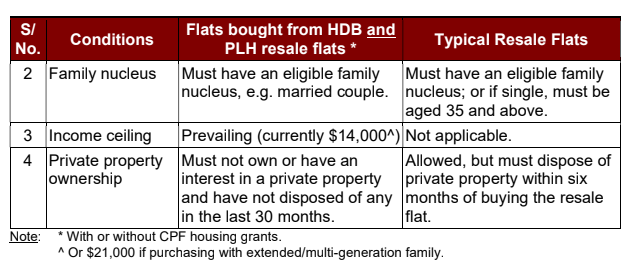
According to MND and HDB, the resale of these prime location flats "may rise beyond the reach of many Singaporeans" without such eligibility conditions, potentially creating a situation where only the better-off can afford to buy them over time.
"MND and HDB therefore intend to require resale of PLH only to buyers who can meet the prevailing eligibility conditions for BTO flats to around half of the 99-year lease before considering a review," said the release.
4. 10-year MOP, restriction on renting out entire PLH flat
Given the prime locations and additional subsidies provided for PLH flats, MND and HDB said that there is a need to safeguard them for Singaporeans with "genuine housing needs", and to strengthen the owner-occupation intent.
In order to do so, PLH flat owners will need to own their flats for at least 10 years, before they can sell their flats in the open market or invest in a private residential property.
This is known as the Minimum Occupancy Period (MOP), and is currently five years for non-PLH flats purchased from HDB.
In addition, owners of PLH flats will not be able to rent out the whole flat, even after the MOP, although they may still rent out spare bedrooms.
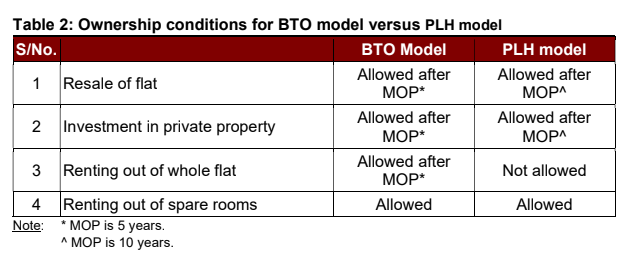
First PLH project will be at Rochor
The first project to be launched under the PLH model will be at Rochor, located along Kelantan Road and Weld Road.
The project is meant to serve as a pilot of the new PLH model.
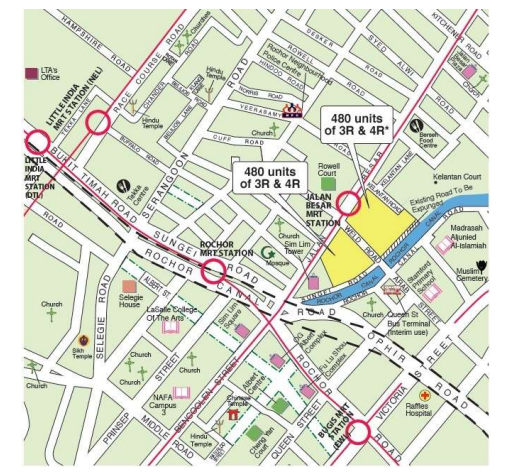 Image via HDB.
Image via HDB.
According to the map provided by HDB, the upcoming project will be built right next to Jalan Besar MRT station.
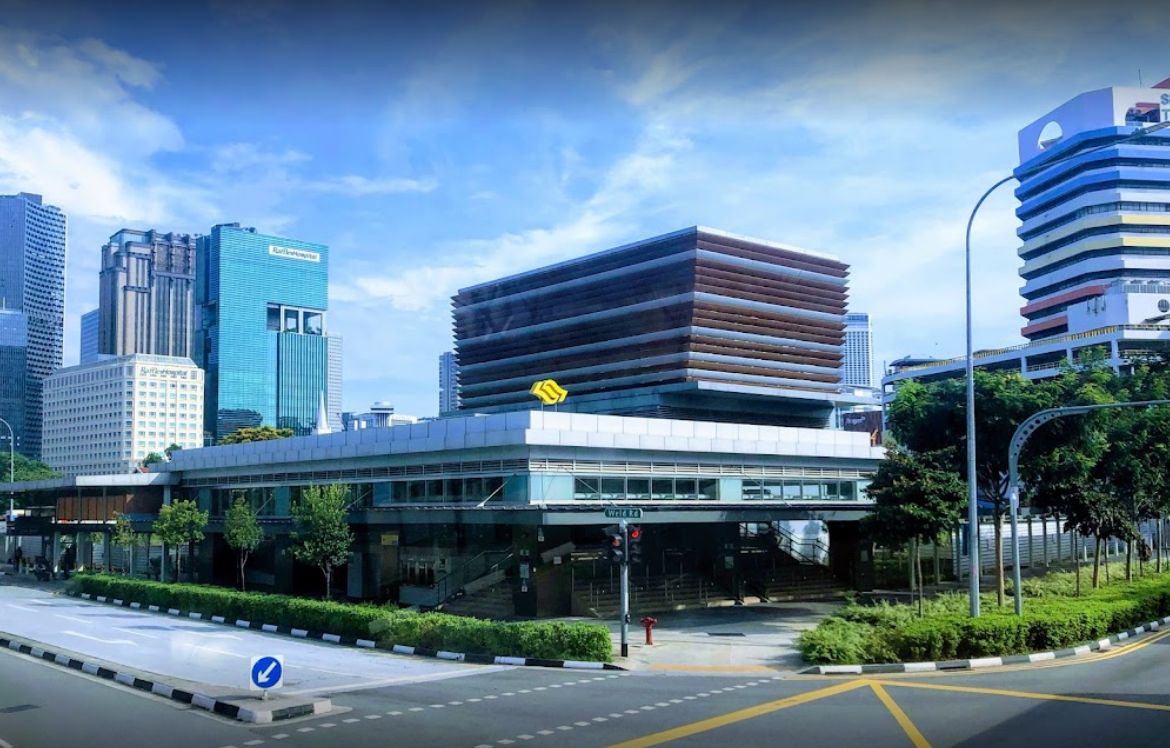 Image via Google Maps/P C.
Image via Google Maps/P C.
There will be 960 units of 3-room and 4-room flats offered for sale at the upcoming Nov. 2021 Build-To-Order (BTO) exercise, along with 40 units of 2-room rental flats.
Lee explained that including public rental flats in PLH projects, where feasible, would help to keep public housing "inclusive and diverse".
More details will be announced at the launch in November.
Consulted 7,500 people for feedback and suggestions
According to Lee, the government consulted around 7,500 people from a diverse range of backgrounds, ranging from young Singaporeans, potential homebuyers, existing homebuyers, seniors, academics and professionals, as well as those in the real estate sector.
He said that the government received many ideas and suggestions, and that Singaporeans "recognised that every potential measure carried its own trade-offs".
One suggestion — that was not eventually adopted — was to disallow PLH flats from being sold on the market, and to have owners return them to HDB instead, if they wish to move out.
This would allow HDB to have more control over the prices and affordability of these prime central flats.
However, Lee explained that the it would be very challenging to set the right price at which HDB should take back these flats from the owners, and noted that there was no consensus on how to do this in a fair manner, even among those who suggested such a scheme.
He said that there are still "significant advantages" to using market pricing as an allocation mechanism, and that the PLH model is meant to try and "moderate the excesses of these free market pricing forces", by imposing additional conditions.
PLH model not cast in stone
According to the joint release, the PLH model will be implemented for selected public housing projects in prime and central locations, such as the city centre and surrounding areas, including the Greater Southern Waterfront.
The PLH model will also not be retroactively applied to existing flat owners.
Following the pilot of the PLH model with the Rochor project, Lee said that the government will roll out more PLH flats progressively, "within as well as surrounding the city centre".
He also added that the new PLH model is not cast in stone, and that the government will continue to review the parameters over time, and make adjustments where necessary.
"Ultimately, we are rolling out out the new PLH model because we believe that our neighbourhoods, including those in prime central locations, should reflect the inclusiveness and diversity of Singapore’s society. This is a core value that we believe in," said Lee.
Follow and listen to our podcast here
Top image via HDB.
If you like what you read, follow us on Facebook, Instagram, Twitter and Telegram to get the latest updates.
